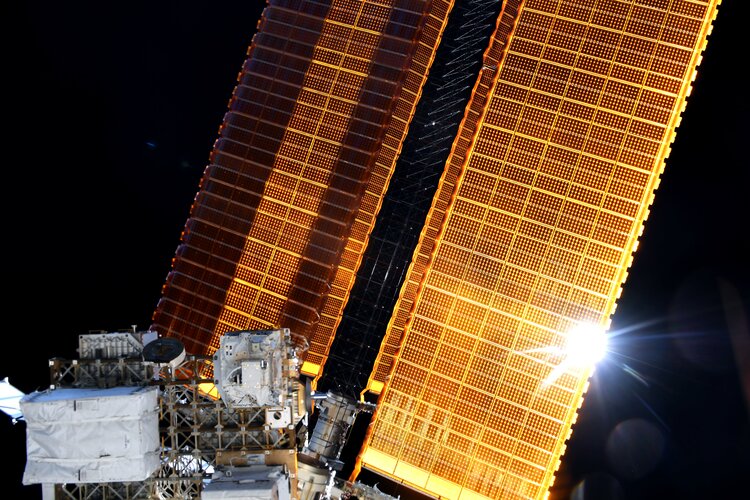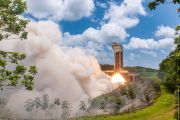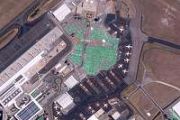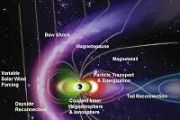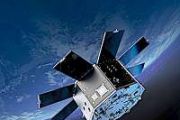
Copernical Team
Falcon 9 deploys 53 Starlink satellites on SpaceX's 40th launch of the year
 A Falcon 9 rocket topped with 53 Starlink spacecraft lifted off in a southeast trajectory from Space Launch Complex 40 (SLC-40), Cape Canaveral Space Force Station (CCSFS), Florida, at 3:10 a.m. EDT (0710 UTC) Monday.
The mission is called the Starlink Group 5-11 mission, 65 minutes after liftoff, with 53 older-generation Starlink V1.5 satellites deployed in an orbit inclined 43 degrees to
A Falcon 9 rocket topped with 53 Starlink spacecraft lifted off in a southeast trajectory from Space Launch Complex 40 (SLC-40), Cape Canaveral Space Force Station (CCSFS), Florida, at 3:10 a.m. EDT (0710 UTC) Monday.
The mission is called the Starlink Group 5-11 mission, 65 minutes after liftoff, with 53 older-generation Starlink V1.5 satellites deployed in an orbit inclined 43 degrees to Nicolas Bobrinsky on excellence | ESA Masterclass
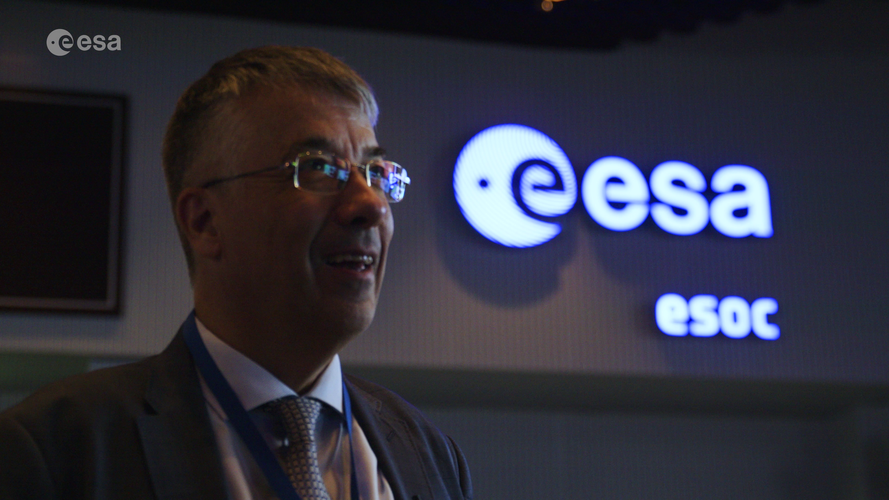 Video:
00:12:18
Video:
00:12:18
The level of practical expertise, technical and operational expertise required to operate in such a fast-paced, rapidly changing environment such as space needs to be permanently developed and improved to maintain the technical excellence at the right level. But the constant improvement of the technical and operational knowledge is an exciting journey. Nicolas has experienced this first-hand since he joined the European Space Agency Operation Centre as Ground Station Engineer. As a young engineer at ESA, you can gain extremely valuable expertise through launch campaigns, test and validation campaigns, time at the console in the operation control room together with your team, witnessing and learning from the whole
Has Gaia found missing link in black hole evolution?
 Video:
00:00:10
Video:
00:00:10
When ESA’s Gaia spacecraft scanned the Scorpius constellation and its ancient globular star cluster Messier 4, it captured something strange: a huge dark blob at the cluster’s centre, 800 times more massive than our Sun.
It is normal for globular clusters to have dark centres made up of many dead stars. But the mass at the centre of Messier 4 looks different – despite being especially large, it seems to be squeezed into a surprisingly small volume of space.
“Using the latest Gaia and Hubble data, it was not possible to distinguish between a dark population of stellar remnants and a
Relay system speeds vital data flow with 75 000 links

Life-saving data that enables European governments to respond rapidly to crises is flowing swiftly from space to Earth, thanks to the most sophisticated space-based laser communication network ever built.
OneWeb and Eutelsat demonstrate global connectivity solution to NATO
 Representatives at the NATO Communications and Information Agency (NCIA) took part in a successful demonstration of combined Geo-stationary (GEO) and low Earth orbit (LEO) multi-orbit capability from satellite companies and strategic partners, OneWeb and Eutelsat last month.
The hands-on live demonstration enabled the NATO attendees to get a real feel for the steps that, together, both com
Representatives at the NATO Communications and Information Agency (NCIA) took part in a successful demonstration of combined Geo-stationary (GEO) and low Earth orbit (LEO) multi-orbit capability from satellite companies and strategic partners, OneWeb and Eutelsat last month.
The hands-on live demonstration enabled the NATO attendees to get a real feel for the steps that, together, both com China launches rocket with record payload
 China launched a ZK 1A carrier rocket from the Jiuquan Satellite Launch Center in northwestern China, transporting 26 satellites into space and setting a new record for the most spacecraft launched by a single Chinese rocket.
The 30-meter, solid-propellant rocket blasted off at 12:10 pm and soon placed the satellites into preset orbits, including the Shiyan 24A and 24B experimental satelli
China launched a ZK 1A carrier rocket from the Jiuquan Satellite Launch Center in northwestern China, transporting 26 satellites into space and setting a new record for the most spacecraft launched by a single Chinese rocket.
The 30-meter, solid-propellant rocket blasted off at 12:10 pm and soon placed the satellites into preset orbits, including the Shiyan 24A and 24B experimental satelli SES delivers satellite connectivity to AWS Modular Data Center for DoD
 SES Space and Defense, a wholly-owned subsidiary of SES, has announced the availability of flexible, secure, and reliable satellite-powered network connectivity for AWS Modular Data Center. AWS Modular Data Center makes it easy for the U.S. Department of Defense (DoD) to deploy modular data centers managed by Amazon Web Services (AWS) in infrastructure-limited locations. In February 2023, AWS an
SES Space and Defense, a wholly-owned subsidiary of SES, has announced the availability of flexible, secure, and reliable satellite-powered network connectivity for AWS Modular Data Center. AWS Modular Data Center makes it easy for the U.S. Department of Defense (DoD) to deploy modular data centers managed by Amazon Web Services (AWS) in infrastructure-limited locations. In February 2023, AWS an SAIC to supply SDA with Space Battle Management Command and Control Solution
 Science Applications International has been selected for a $64 million award from the Space Development Agency (SDA) to develop, implement and maintain the Battle Management Command, Control and Communications (BMC3) Application Factory for the agency's constellation of low-earth orbit satellites called the Proliferated Warfighter Space Architecture (PWSA).
"The BMC3 component of the PWSA
Science Applications International has been selected for a $64 million award from the Space Development Agency (SDA) to develop, implement and maintain the Battle Management Command, Control and Communications (BMC3) Application Factory for the agency's constellation of low-earth orbit satellites called the Proliferated Warfighter Space Architecture (PWSA).
"The BMC3 component of the PWSA Mitsui OSK goes live with Marlink smart hybrid network solution
 Marlink, the smart network and digital solutions company, is enabling Japanese Shipping Company Mitsui O.S.K. Lines (MOL) to evaluate the impact of LEO Internet services on business sustainability and crew welfare.
Under an agreement struck at the end of 2022, the leading Japanese shipping company will assess past, present and future user experiences and explore access how Internet access
Marlink, the smart network and digital solutions company, is enabling Japanese Shipping Company Mitsui O.S.K. Lines (MOL) to evaluate the impact of LEO Internet services on business sustainability and crew welfare.
Under an agreement struck at the end of 2022, the leading Japanese shipping company will assess past, present and future user experiences and explore access how Internet access 
